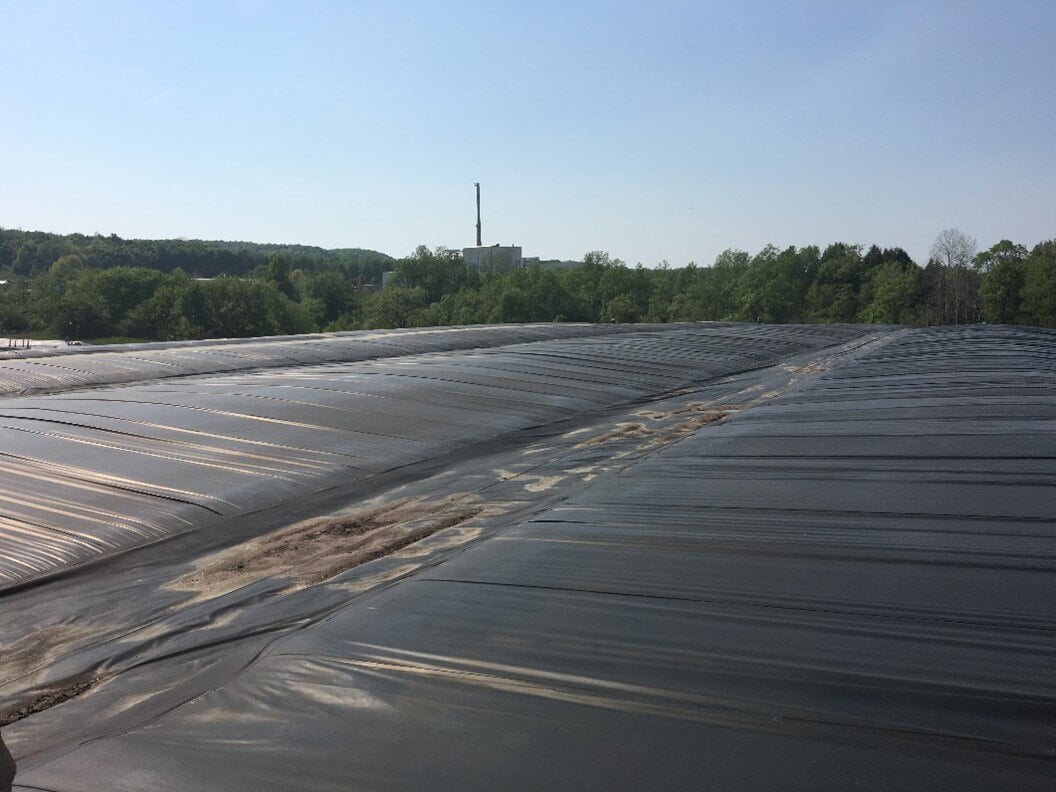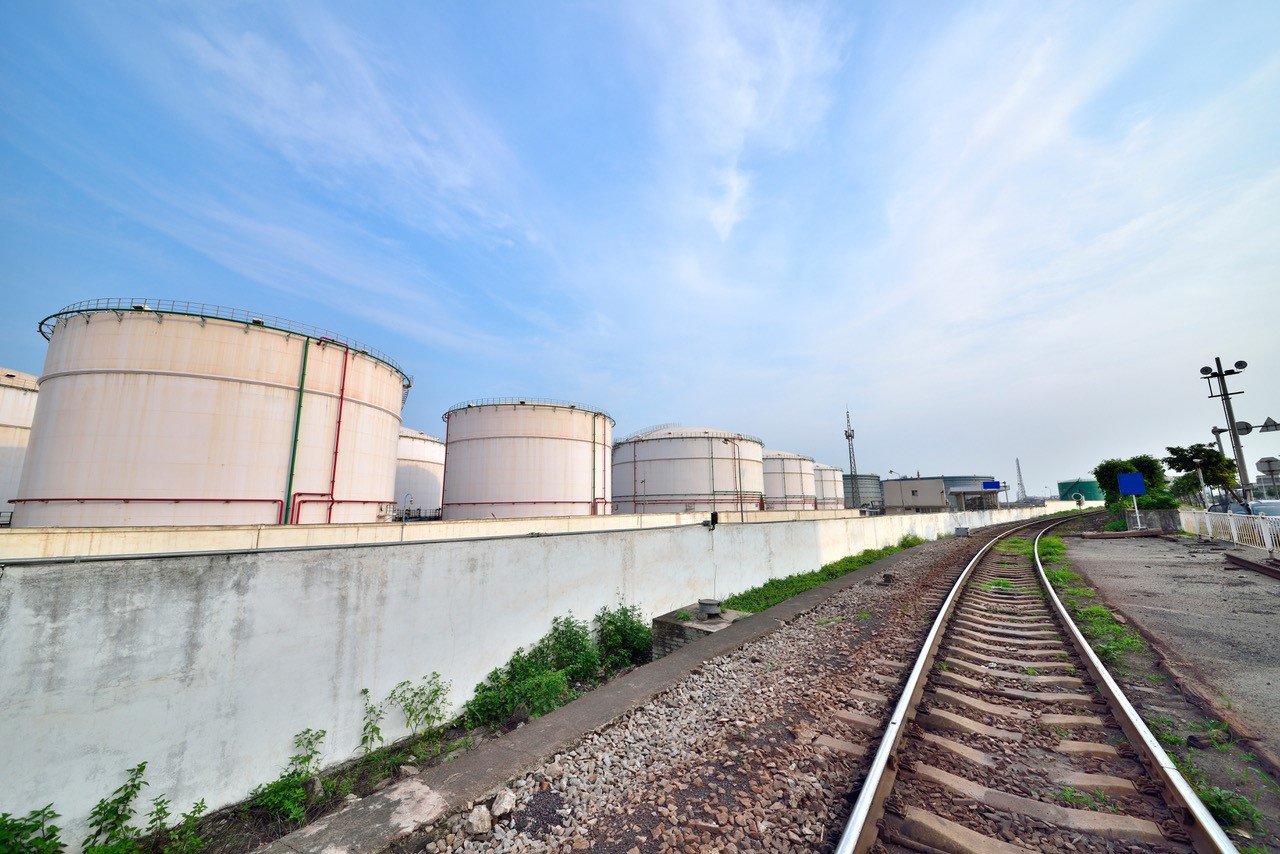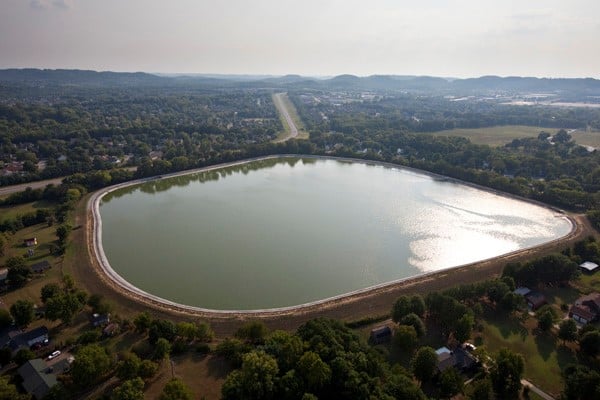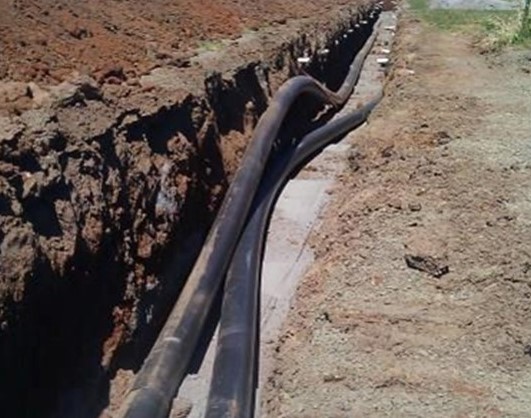The term “weathering” on first glance appears to be straightforward. Most in the geomembrane industry consider it to narrowly describe sunlight or UV resistance only. In fact, testing and property specifications are often only from a sunlight exposure standpoint. But the effects of changing temperatures, precipitation, wind, etc. can be factors of destruction for geomembranes.
On the evening of February 3, 2023, a train derailed in East Palestine, Ohio. The tanker cars, carrying several types of chemicals, ruptured, and caught fire.
The aftermath unfolded in the news for days, weeks, and months. The event impacted the population of the small community most directly, but also created an environmental investigation for Ohio and the surrounding states of Pennsylvania and West Virginia.
Potable Water Series: How Geomembranes Help to Improve Quality, Lower Costs and Increase Efficiencies in Water and Wastewater Treatment
Municipal water and wastewater systems are considered to be one of the costliest assets for municipalities to maintain. Potable water safety and quality is not only a priority, but it is also a highly regulated necessity. In this four-part series, we’ll cover drinking water treatment processes, water sourcing, water distribution and how geomembranes can help improve quality, lower costs and increase efficiencies.
“UV Resistance” is a term that applies to the effects of ultraviolet light and is often implied when claiming resistance to the effects of UV-induced thermal resistance. In fact, there are three areas that are influenced by ultraviolet light and/or heat induced from sunlight that often seem to be described in that manner.







